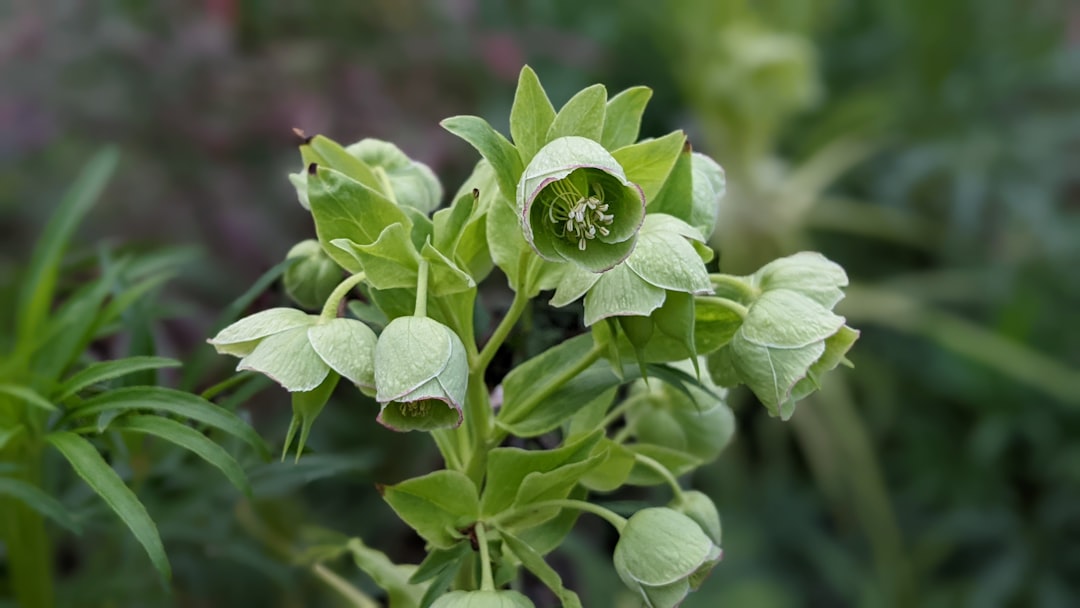Transform Your Garden into a Monarch Paradise with Milkweed Seeds

Are you looking to add a touch of nature and beauty to your garden while also helping the environment? Growing milkweed from seed is an excellent way to achieve both goals. Not only does milkweed add a splash of color to your garden, but it also serves as a crucial habitat for monarch butterflies. In this guide, we'll walk you through the steps to successfully plant milkweed seeds and turn your garden into a monarch landing zone.
Milkweed is a group of perennial plants that come in various species, each with its unique characteristics. Some common types include common milkweed (Asclepias syriaca), swamp milkweed (Asclepias incarnata), and butterfly weed (Asclepias tuberosa). When choosing the right milkweed for your garden, consider your local climate, soil type, and the amount of sunlight your garden receives.
Before you start planting, it's essential to prepare your soil properly. Milkweed prefers well - drained soil. If your soil is heavy clay, you can improve its drainage by adding organic matter such as compost or aged manure. Till the soil to a depth of about 6 - 8 inches to loosen it up and create a good environment for the seeds to germinate.
Now, let's talk about the actual process of planting milkweed seeds. You can plant milkweed seeds directly in the garden in the fall or start them indoors in the spring. If you choose to plant them outdoors in the fall, the cold temperatures over the winter will help break the seed dormancy. Simply scatter the seeds on the prepared soil and lightly cover them with about 1/4 inch of soil. Water the area gently to ensure the seeds make good contact with the soil.
If you decide to start the seeds indoors, fill seed trays or small pots with a good quality seed - starting mix. Moisten the mix before planting the seeds. Place one or two seeds in each cell or pot and cover them with a thin layer of the mix. Keep the soil consistently moist but not waterlogged. Place the trays in a warm area with plenty of light, such as near a south - facing window or under grow lights. Once the seedlings have developed a few sets of true leaves, they are ready to be transplanted outdoors.
After planting, it's important to take care of your milkweed plants. Water them regularly, especially during dry spells. However, be careful not to over - water, as milkweed doesn't like soggy soil. Fertilizing is generally not necessary, as milkweed can thrive in relatively poor soil conditions. But if you notice slow growth, you can apply a light, balanced fertilizer in the spring.
One of the most rewarding aspects of growing milkweed is attracting monarch butterflies. Monarchs rely on milkweed as the sole food source for their caterpillars. As your milkweed plants grow, you may start to see monarch eggs on the leaves. These eggs will hatch into tiny caterpillars that will munch on the milkweed leaves. It's a fascinating process to watch as the caterpillars grow and eventually form chrysalises, from which adult butterflies will emerge.
Another important thing to note is that milkweed is a natural plant that may attract other beneficial insects as well. Bees, for example, are often attracted to the nectar of milkweed flowers. This helps with pollination in your garden, which is beneficial for all your plants.
In addition to its ecological benefits, milkweed also has aesthetic value. The colorful flowers of milkweed can add a beautiful focal point to your garden. Whether it's the bright orange of butterfly weed or the pinkish - purple of swamp milkweed, these flowers are sure to enhance the visual appeal of your outdoor space.
As your milkweed plants mature, they may spread over time. You can control their growth by dividing the plants every few years. This is also a great way to share milkweed with other gardeners who are interested in creating monarch habitats.
Overall, growing milkweed from seed is a relatively easy and rewarding experience. By following these steps, you can create a beautiful garden that not only looks great but also plays a vital role in supporting the monarch butterfly population. So, roll up your sleeves and get started on your milkweed gardening journey today!